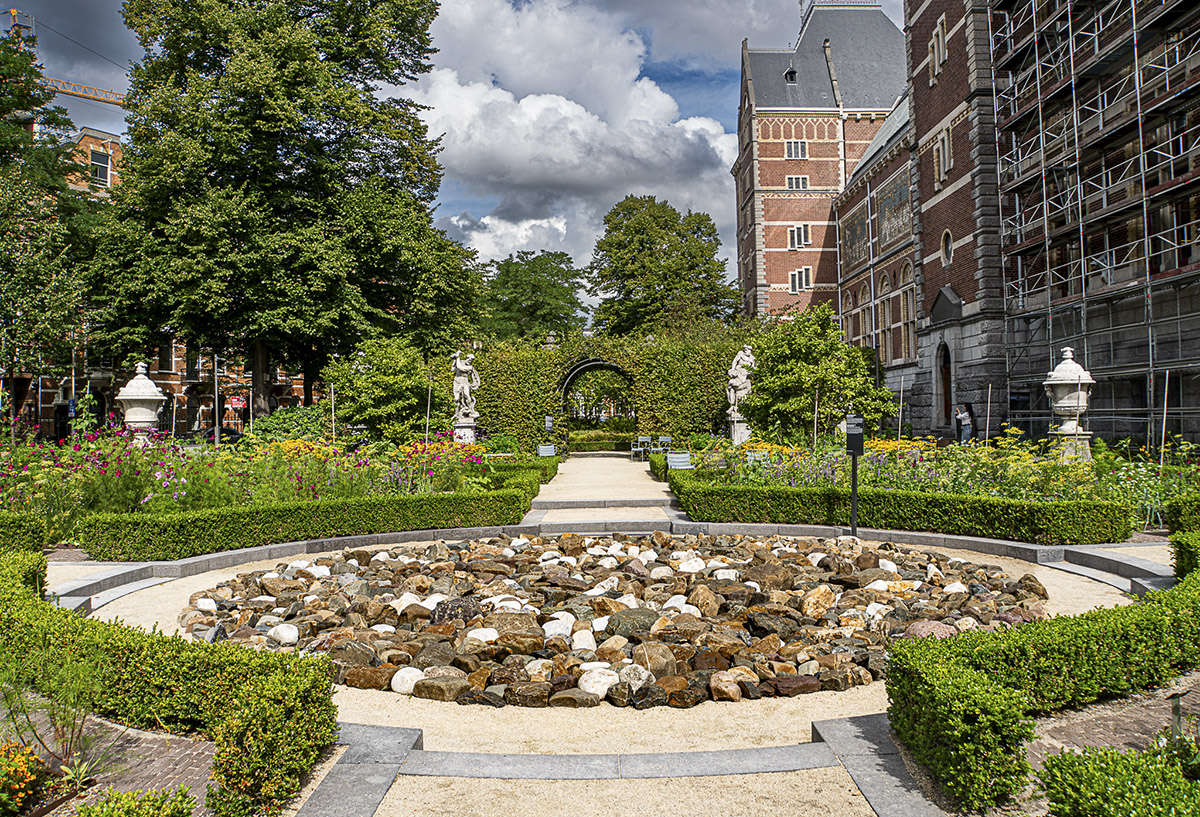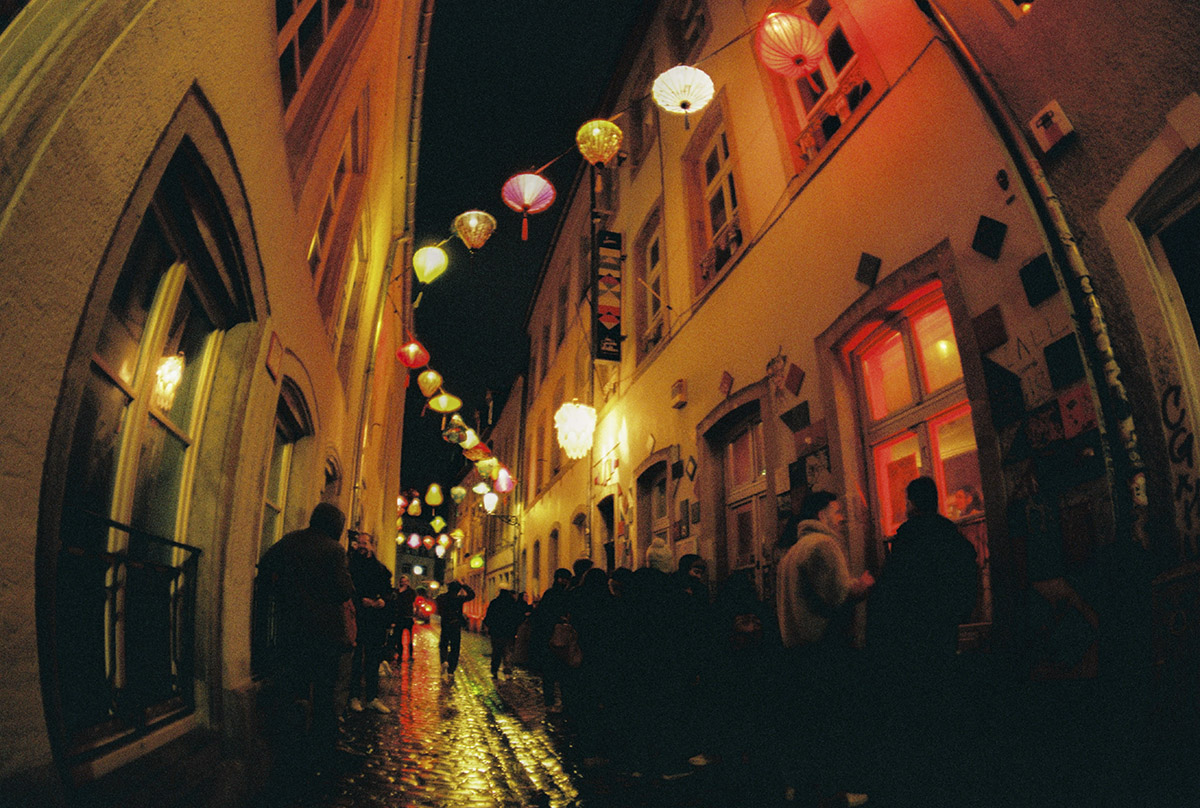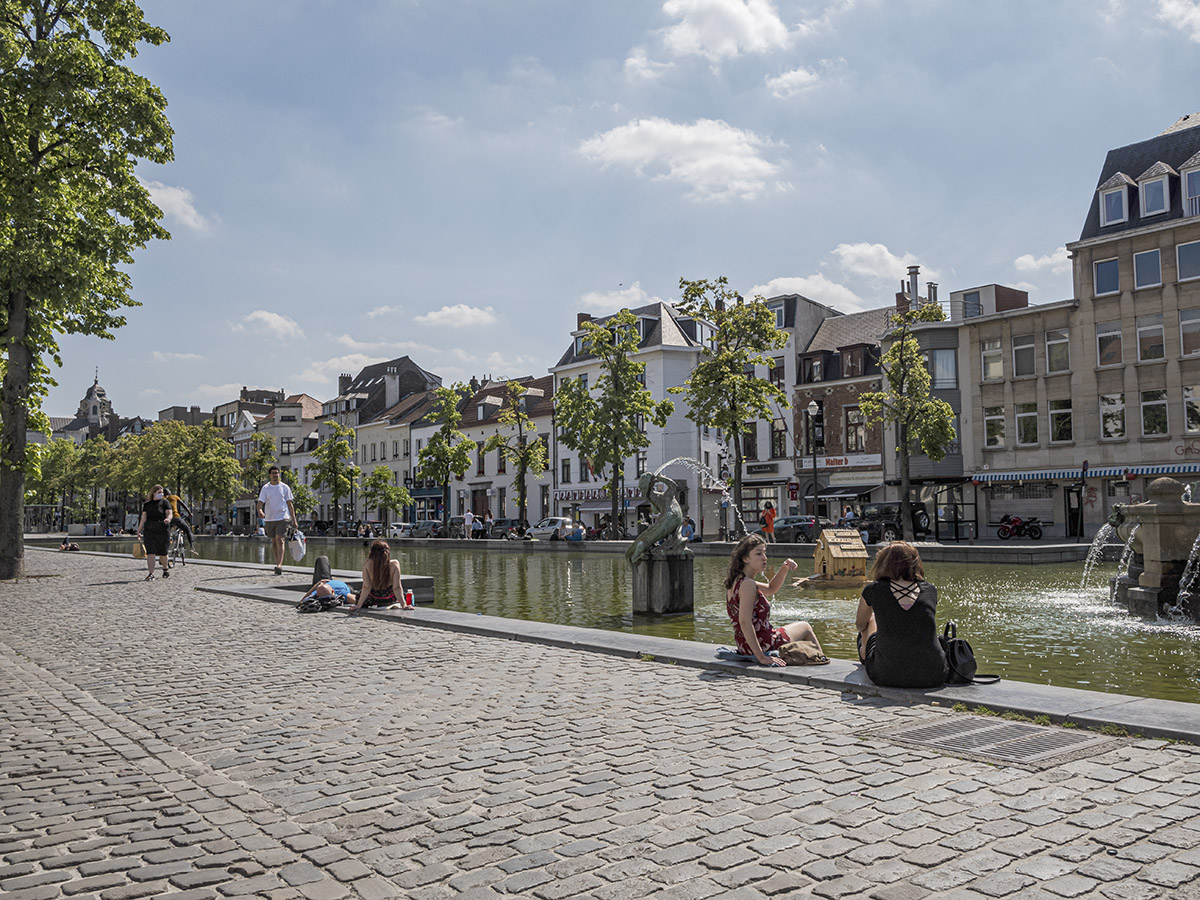The greatest ever Vermeer exhibition
TEXT: TEA GUDEK SNAJDAR | PRESS PHOTOS RIJKSMUSEUM
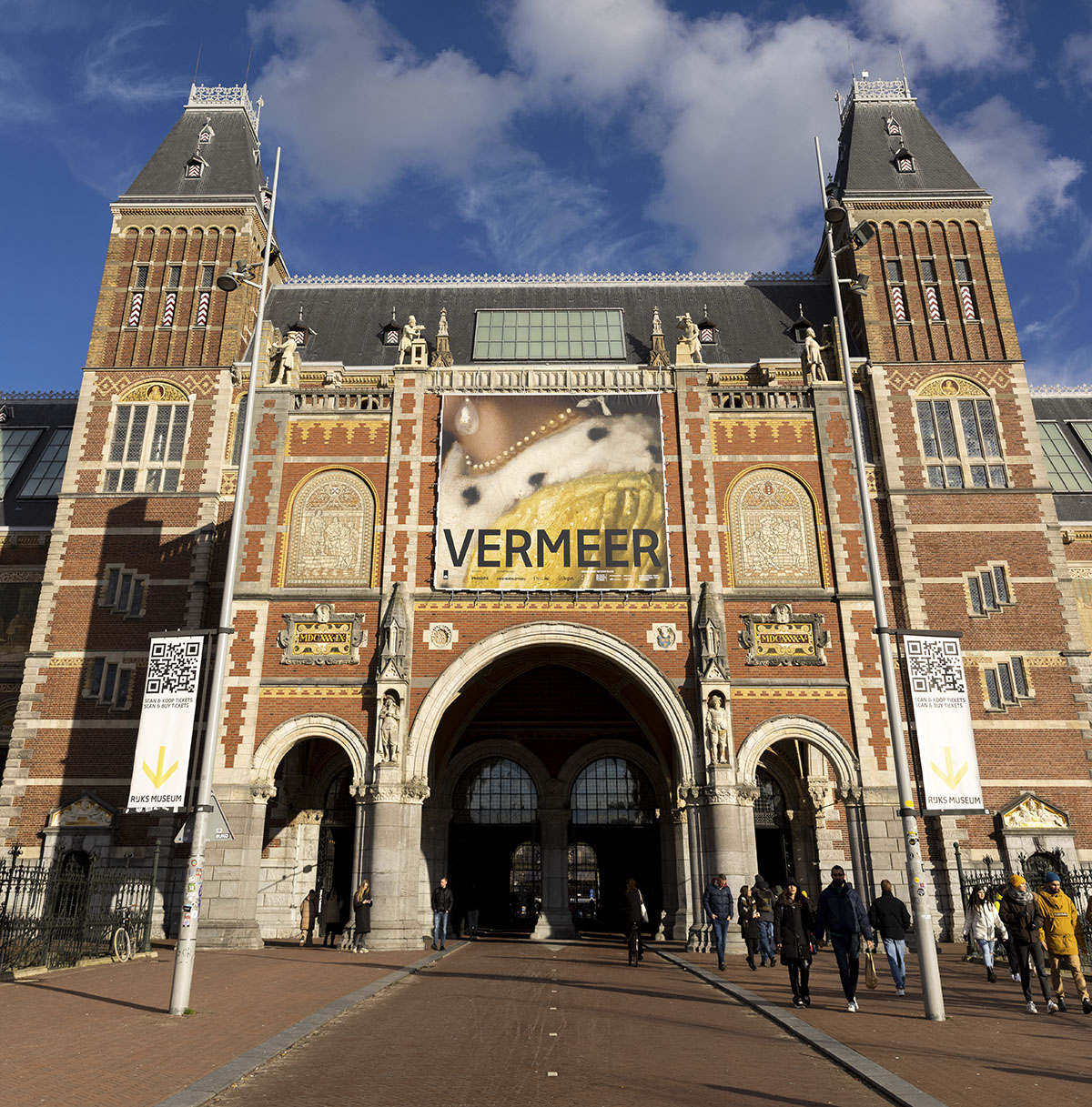
For the first time in history, the Rijksmuseum in Amsterdam has dedicated an exhibition to one of the most renowned Dutch Golden Age painters, Johannes Vermeer. With 28 out of 37 of his paintings displayed until 4 June, it’s the largest show ever organised featuring the artist’s work.
Though one of the most famous artists in the world today, the work of Johannes Vermeer remained pretty much unknown until the late 19th century. With this fantastic exhibition, the Rijksmuseum is revealing the story of this mysterious artist.
In his paintings, Vermeer showed an intimate world that couldn’t be found in the works of his contemporaries. Unlike many of them, he wasn’t painting much. Today, we only know of 37 of his artworks.
Who was Johannes Vermeer?
We know very little about Johannes Vermeer’s private life. Born in the small Dutch town of Delft in 1632, he spent most of his life there. The painter married Catharina Bolnes, who was from a wealthy family, and they had 15 children together.
Besides being a painter, Vermeer also worked as an innkeeper, an art dealer and was the leader of the painters’ guild in Delft for a few years. Having different jobs was probably the reason for a small painting production.
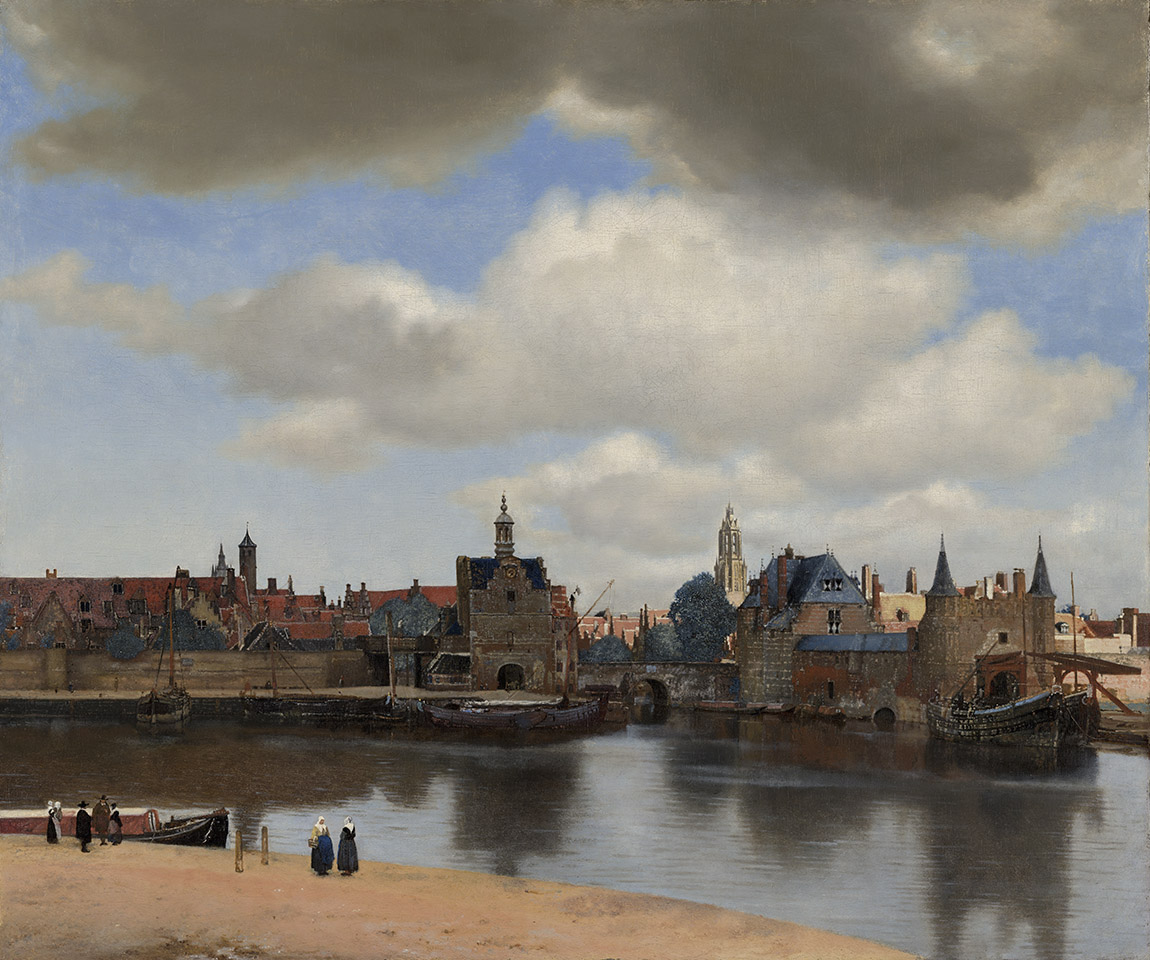
View of Delft, Johannes Vermeer, 1660-61, oil on canvas. Mauritshuis, The Hague. Photo: Mauritshuis, Rijksmuseum
Johannes Vermeer’s style
Vermeer is world-famous for his tranquil paintings filled with beautiful light and detail. He depicts domestic scenes, religious subjects or cityscapes. His protagonists are primarily women reading letters, playing instruments or doing everyday chores.
Most of Vermeer’s paintings were made in only two rooms of his house. That’s why the artworks’ set-up is always very similar. In almost all of his pictures, the light is coming from the left; in some, we can see the window through which the light enters the painting. In one of Vermeer’s famous paintings, the Milkmaid, we can even spot a small piece of glass missing in a window, allowing Vermeer to play with the different light intensity.
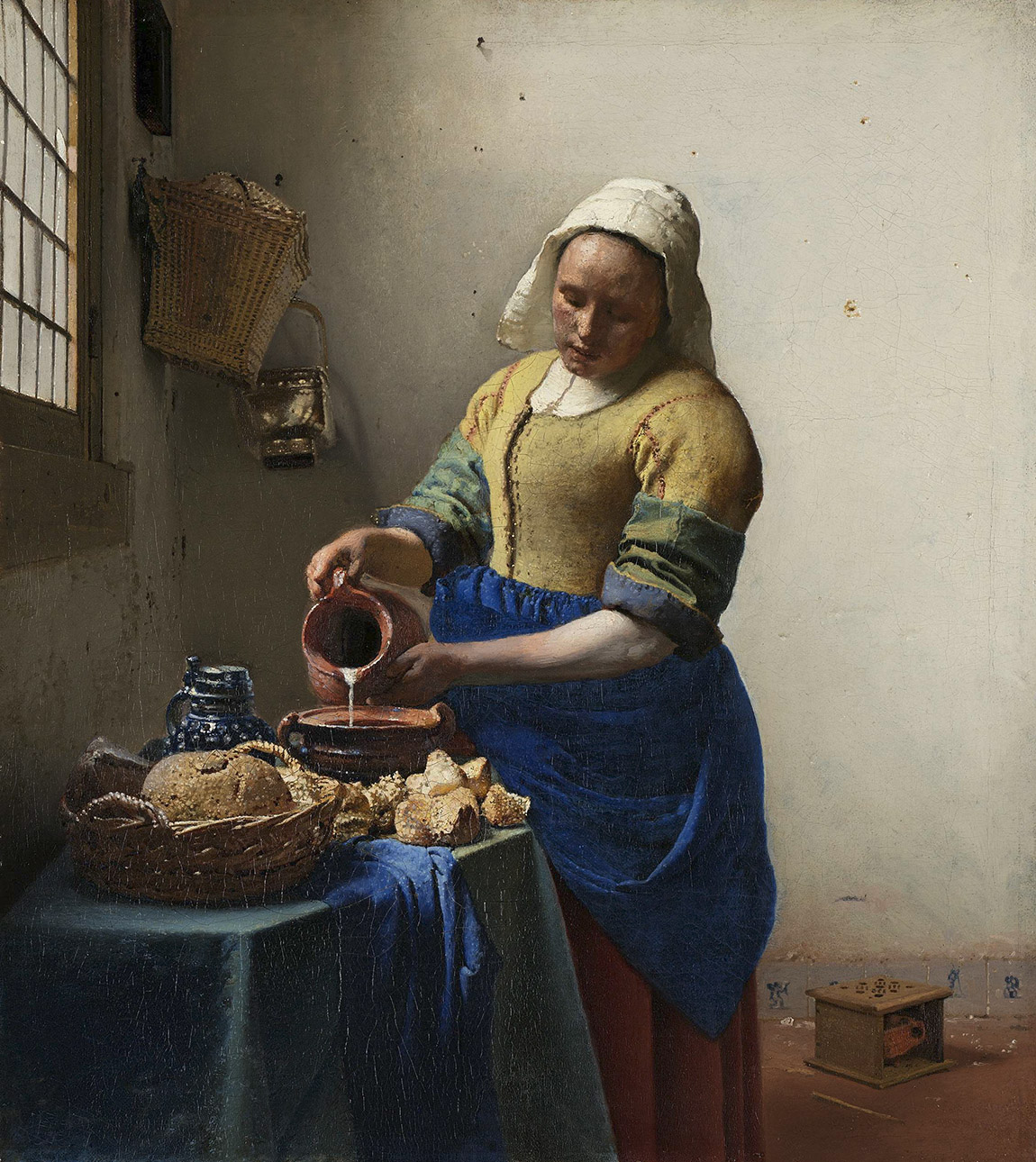
The Milkmaid, Johannes Vermeer, 1658-59, oil on canvas. Rijksmuseum, Amsterdam. Purchased with the support of the Vereniging Rembrandt. Photo: Rijksmuseum
Vermeer’s paintings are also a great source of information about everyday life in the 17th century. For example, he placed maps of the Netherlands and Europe in a few of his paintings. We can also spot some of the Delft Blue pottery and tiles in his interior scenes.
In numerous paintings of his, women are reading letters, showing how a high percentage of people in the Netherlands were literate back then. The scientific development of that time is also present in his artworks. In his Woman Holding a Balance (c. 1662 – 1664), a lady is shown using a scale. In The Astronomer (1668) and The Geographer (1669), we can learn much about science during the Dutch Golden Age.
Vermeer often used the ‘camera obscura’ when working on compositions for his paintings. This device was a box with a small mirror inside of it. Light comes in through a tiny hole which projects the image of an object it’s pointed at onto the canvas. It was a great help when working on a sketch of the composition.
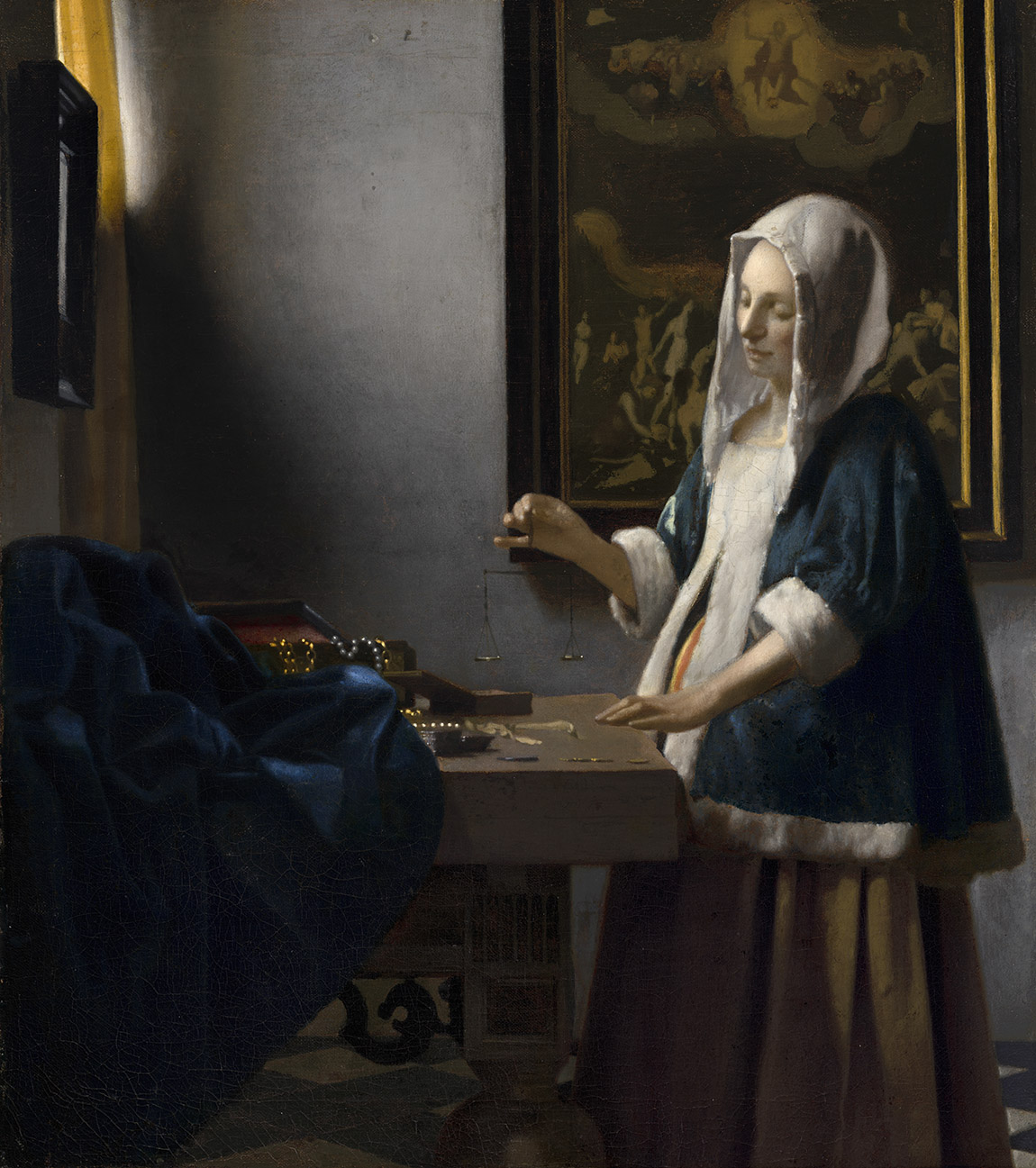
Woman Holding a Balance, Johannes Vermeer, c. 1662-64, oil on canvas. Photo: National Gallery of Art, Washington, Widener Collection
Exhibition at the Rijksmuseum
By displaying 28 of his paintings, the Rijksmuseum brings Vermeer closer than ever to viewers. In collaboration with another important Dutch museum, the Mauritshuis in The Hague, they extensively examined the artworks before the exhibition. Therefore, the show unveils a lot of new information about the famous painter, helping us gain a better understanding of his work.
Paintings travelled from all around the world to the exhibition. The most exceptional are three paintings from the Frick Collection in New York that have never been on loan. An exception was made because their home museum is currently under construction. The rest of the artworks travelled from Washington, Japan and various European collections, making this a unique opportunity to see all these paintings in Amsterdam.
It’s exciting to admire these pictures displayed next to each other. Especially when recognising some of the same models, furniture or clothes in different artworks. The exhibition explores various themes in Vermeer’s art, from cityscapes, Biblical and domestic scenes, to portraits. His View of Delft (1660-1661), for example, one of the first paintings you see at the exhibition, immediately shows how talented he was at capturing light and detail.
One of the exhibition’s highlights is Girl with a Pearl Earring (1664 – 1667). Seen among his other masterpieces, it’s understandable why this captivating painting became one of his most famous. Another noteworthy work is Girl Reading a Letter at an Open Window (c. 1657 – 1658). During a recent restoration, it was discovered that the painting’s background had changed. This exhibition unveils how Vermeer originally painted it.
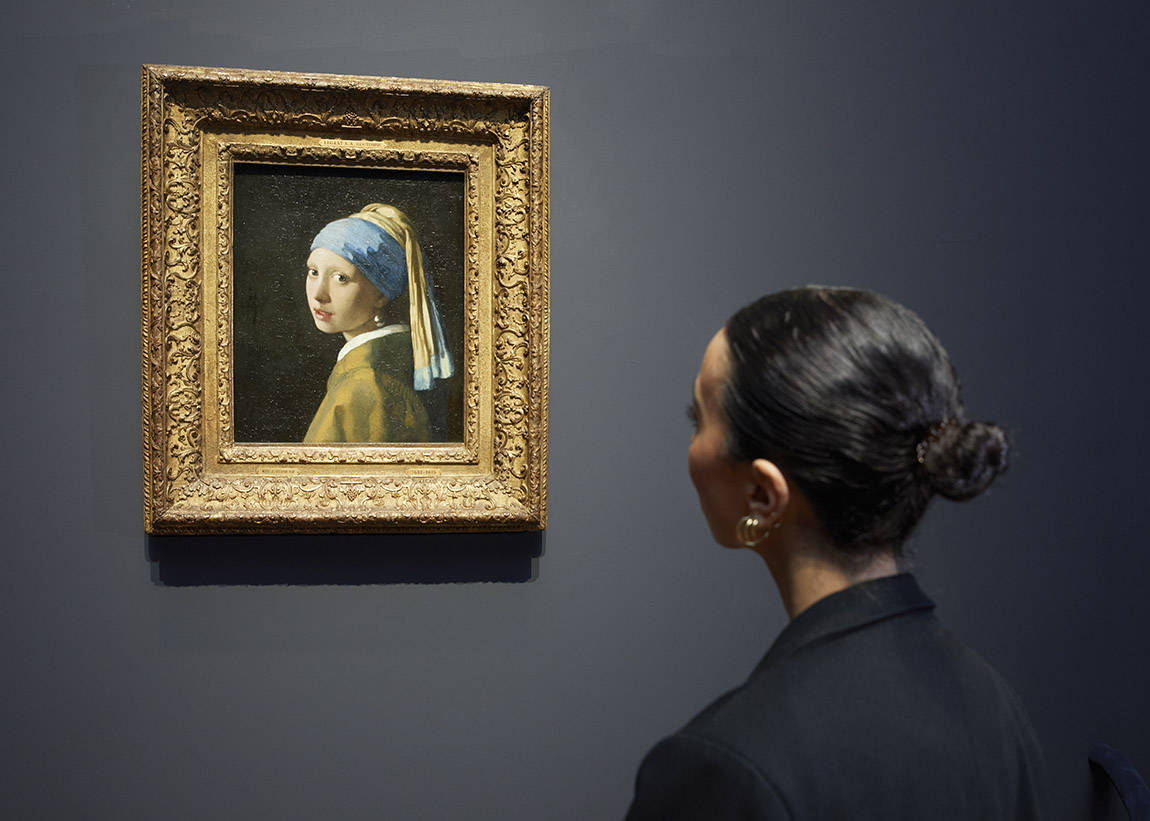
Photo Rijksmuseum, Henk Wildschut
To this day, Johannes Vermeer still surprises us with his fantastic paintings. Even if you didn’t get the chance to visit the exhibition at the Rijksmuseum (it quickly sold out), you can still have a look at the special section of their website dedicated to the show, and explore his artworks up close.
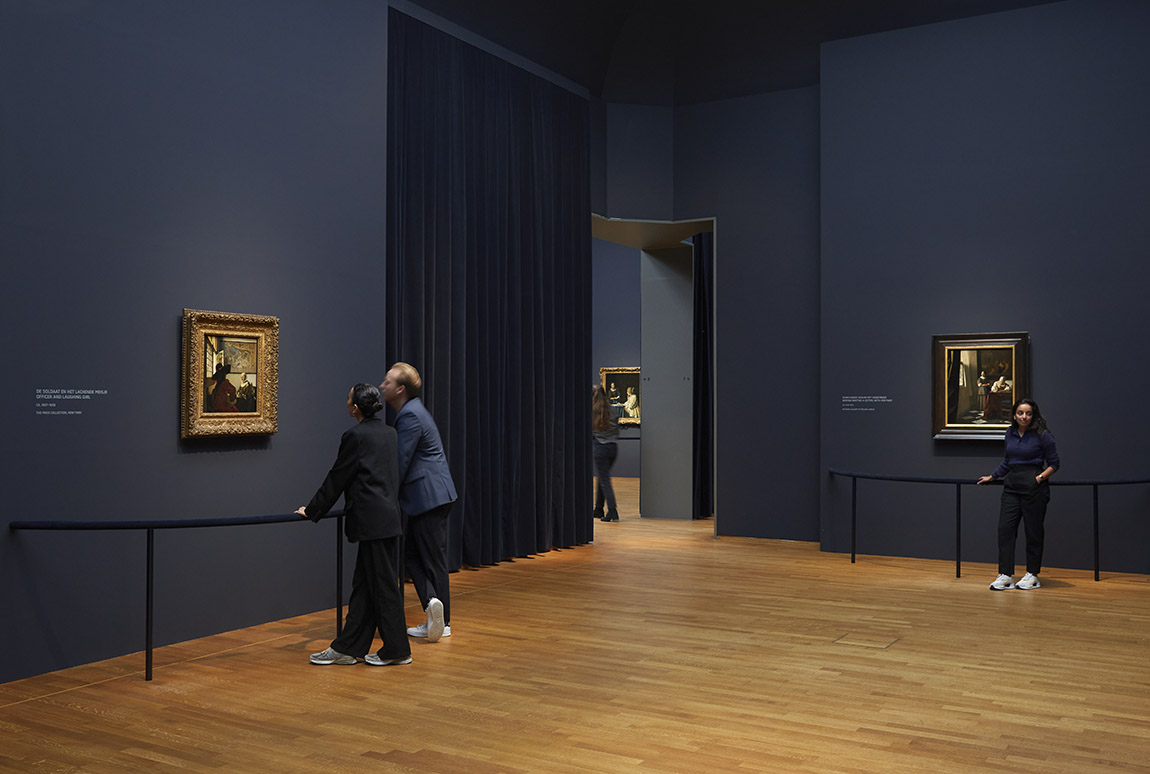
Vermeer exhibition. Photo Rijksmuseum, Henk Wildschut
Subscribe to Our Newsletter
Receive our monthly newsletter by email
